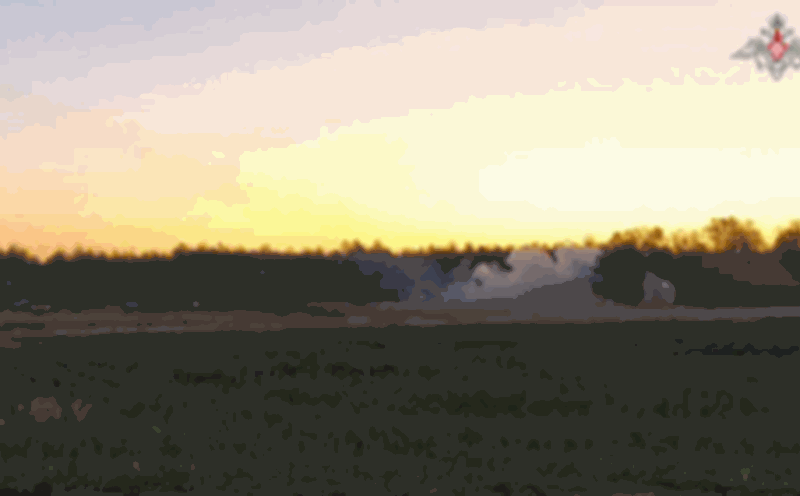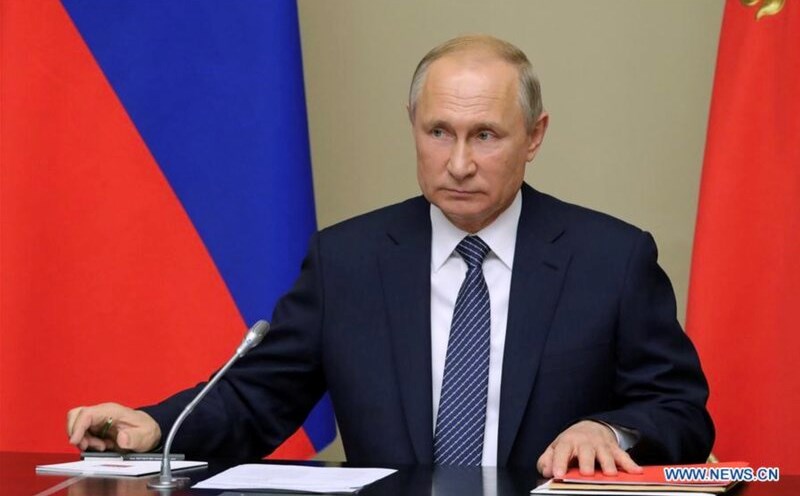On September 14, the Russian Defense Ministry announced that the country had launched a Zircon (Tsirkon) hypersonic cruise missile at a target in the Barents Sea during the Zapad exercise.
According to real-time monitoring data, the simulated target was destroyed by a direct hit. The Zircon has a range of 1,000km, moving faster than 9 times the speed of sound, leaving the opponent's defense systems almost unable to react. The missile is designed to attack large and solid targets, requiring a large warhead.
Russian President Vladimir Putin has highlighted Zircon as one of the strategic weapons capable of overcoming all current defense systems, ensuring Russia's response capability. Military analysts assessed the Zircon as a difficult missile to intercept, considered "unstoppable".
The 2025 Zapad exercise between Russia and Belarus began on September 12, the first time since Russia launched a military campaign in Ukraine.
The goal of the exercise was to test defensive capabilities, reclaim lost territory and protect the border. The exercise was divided into two phases, the first phase focused on defense and coordination, the second phase focused on reclaiming the area and defeating the opposing forces.
Exercises are held at sports facilities in Belarus and Russia, both in the Baltic Sea and the Barents Sea. Minsk authorities confirmed that this was a defensive operation, limited to the eastern area of Belarus.
Belarus initially planned to deploy 13,000 troops but later reduced it to about half, much less than the 200,000 people participating in the Zapad exercise in 2021.








